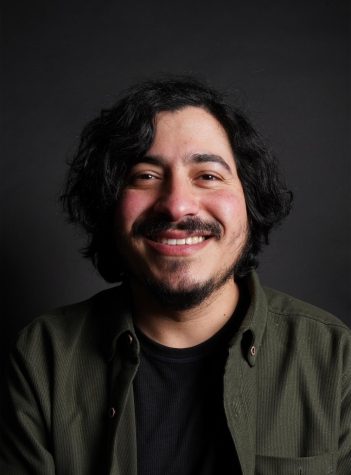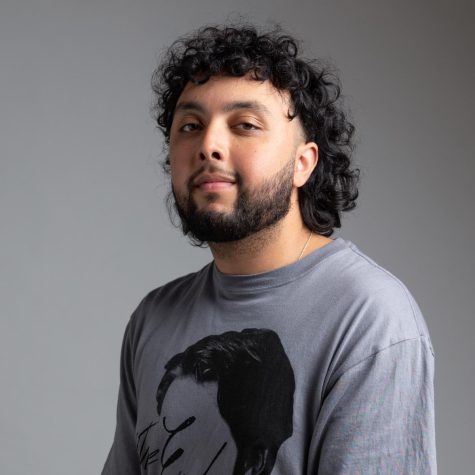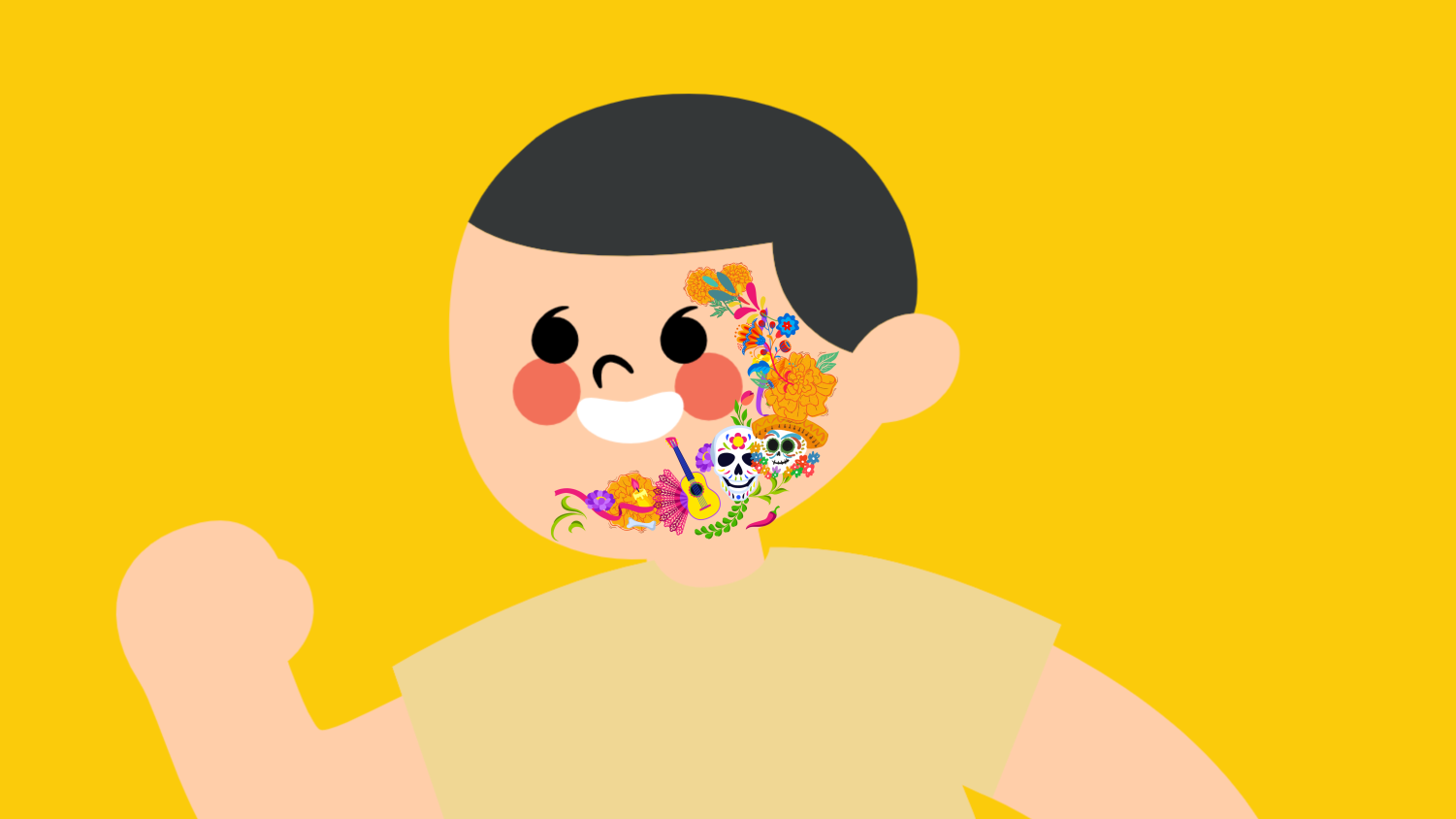



Hundreds of people come to the Mission district every Nov. 2 to pay homage to deceased loved ones, but some treat it as an extension of Halloween celebrations.
Nov 3, 2022
I was born in Nicaragua 32 years ago. I still remember taking the bus to the central cemetery in Managua every Nov. 2 to bring flowers to my grandpa. I never met him, but my mom made sure that I knew every detail about her father — both good and bad.
“He drank a lot but he was always present,” as my mom would say. I remember sitting by my grandpa’s grave and appreciating the breeze, the greenery and the smell of the hundreds of flowers people brought to the cemetery that day. It almost seemed like the whole city gathered there every Nov. 2. Later, I came to understand it as a beautiful part of our culture, the celebration of life and love, not only for the ones who are here but also for those who are no longer with us.
Día de los Muertos is more than a “Pixar” production — it is a tradition of a community. It is culture. It is part of family. It is part of love. It is part of identity. So, for those who are not part of this culture and think that painting your face at Día de los Muertos is entertaining, know that people in this culture actually take this celebration seriously. Communities from Mesoamerica fought hard for their spaces and recognition in places like San Francisco.
Years ago, from the 1970s through the early 2000s, it was not trendy to paint your face and head to the Mission with your crew on Día de los Muertos. Ironically, if you were not part of this community, it was considered to be too dangerous. During those years, there were no sites like FunCheapSF writing about Día de los Muertos activities “in your area.” Staff writers like Jemie Ferrell at Secret San Francisco did not write about “face painting activities at the Presidio Tunnel.”
I am frustrated and angry to see so many people in the Mission during Día de los Muertos, who are not part of the Mesoamerican community, with their faces painted, getting drunk and partying while abuelitas and abuelitos bring ofrendas in commemoration to those who are no longer physically here.
I understand the concept of globalization and multiculturalism, but I also understand the concept of respect and appreciation. So, remember that this is not an extension of a Halloween party, but instead the continuation of a tradition that our Aztec mothers and fathers have passed to us.

